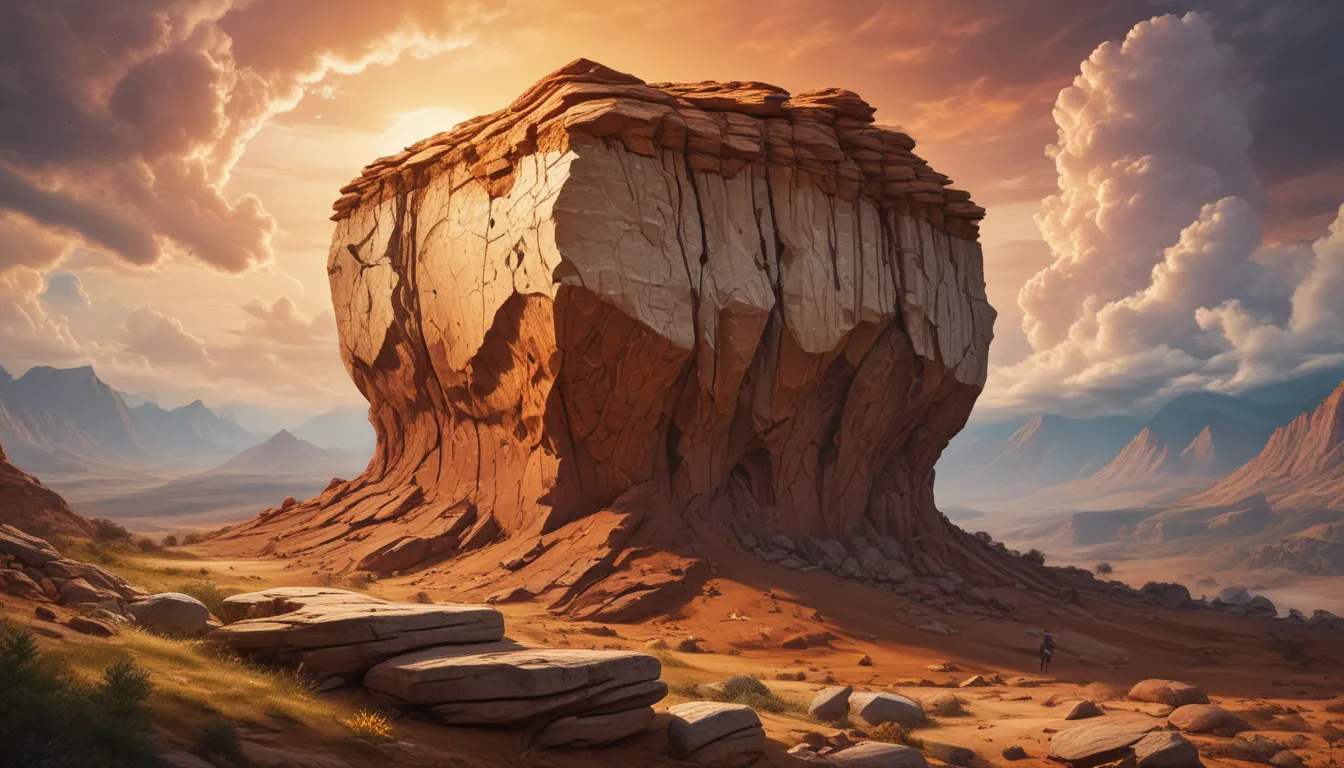A Note About Images: The images used in our articles are for illustration purposes only and may not exactly match the content. They are meant to engage readers, but the text should be relied upon for accurate information.
Welcome to the captivating world of weathering rind, a natural phenomenon that has sculpted the Earth’s surface over millions of years. From its protective properties to its geological significance, weathering rind holds a treasure trove of secrets waiting to be discovered. Join us on a journey as we unveil nine surprising facts about this intriguing process, shedding light on its role in shaping our planet.
Understanding Weathering Rind: A Protective Shield for Rocks
Weathering rind forms a protective layer on the surface of rocks, safeguarding them from erosion and weathering over time. This natural “armor” helps preserve the underlying rock from the detrimental effects of the elements, ensuring their longevity in the ever-changing landscape.
The formation of weathering rind is a result of both chemical and physical weathering processes that take place on the outermost layer of rocks. Through a gradual transformation, a distinct rind is created, differing in composition and appearance from the interior of the rock.
A Splash of Color: The Unique Coloration of Weathering Rind
One surprising feature of weathering rind is its unique coloration. The outer layer often showcases a different hue compared to the inner rock, creating visually striking patterns and contrasts on the rock surfaces.
The coloration of weathering rind is influenced by various factors, including the mineral composition of the rock, the presence of organic matter, and the specific environmental conditions in which the rock is situated. These factors work together to create the vibrant and diverse palette of colors observed in weathering rind.
Geology Unveiled: The Significance of Weathering Rind
Weathering rind plays a critical role in geological studies and research. Geologists analyze the characteristics of weathering rind to unravel insights into the history of rock formations and the environmental conditions that have shaped them over time.
By examining the composition, thickness, and distribution of weathering rind, geologists can extract valuable information about the geological processes that have impacted the formation and modification of rocks throughout history.
Time’s Imprint: Weathering Rind as an Indicator of Age
The presence and thickness of weathering rind can serve as a reliable indicator of the age of a rock surface. As the rind gradually accumulates over time, it reflects the duration of exposure to weathering and erosion, offering geologists essential clues about the timeline of geological events.
This characteristic makes weathering rind a valuable tool in dating and interpreting the age of rock formations, contributing to a deeper understanding of the earth’s geological history and evolution.
Cultural Treasures: Weathering Rind’s Archaeological Significance
Beyond its geological importance, weathering rind holds cultural and archaeological significance. In certain cases, the presence of weathering rind on ancient rock formations can provide valuable insights into past human activities, including rock art and engravings.
Studying weathering rind in archaeological contexts can offer valuable information about the age and preservation of rock art, as well as the environmental conditions that have influenced the longevity of these cultural artifacts.
Nature’s Canvas: Varied Formation Rates of Weathering Rind
The formation of weathering rind occurs at differing rates, influenced by factors such as climate, rock composition, and exposure to environmental elements. This variability contributes to the diverse patterns and thicknesses of weathering rind observed in various geological settings.
The intricate interplay of geological, chemical, and environmental factors shapes the formation of weathering rind, resulting in a wide spectrum of appearances and characteristics across different rock surfaces.






